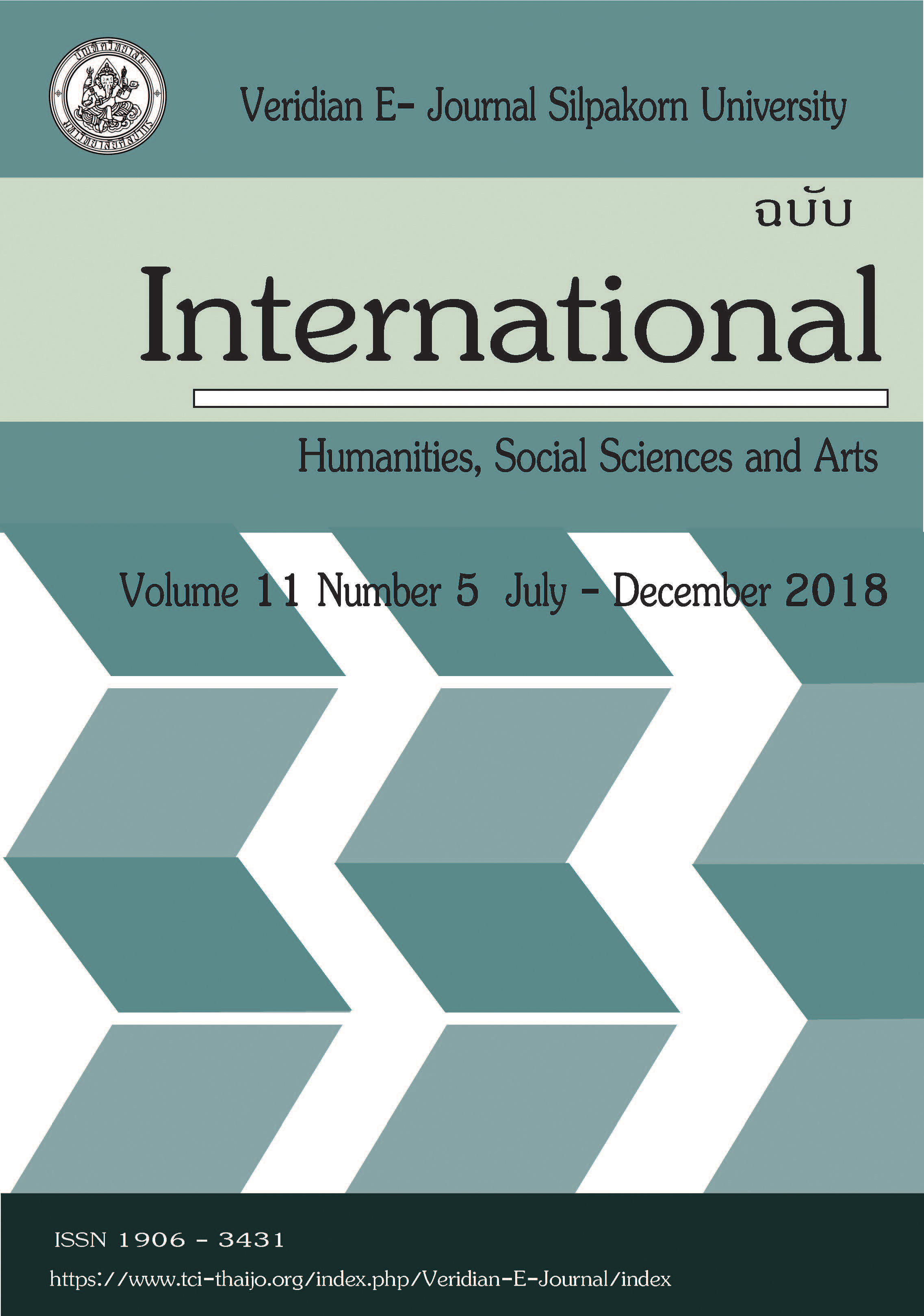The Image of Germany in Enea Silvio Piccolomini's Germania (1458): A Trustworthy Historical Source?
Main Article Content
Abstract
Enea Silvio Piccolomini was an Italian Cardinal and Poet Laureate in the late Middle Ages and in the early Renaissance. In 1458, he wrote an epistolary treatise known as Germania to refute Martin Mayr's accusation that Germany became impoverished, for the Papal Curia had been forcing the Germans to pay tithes. The complaint was part of the discourse “gravamina Germanice nationis”. It was a discourse deployed by the Germans in the late Middle Ages not to pay money to the Roman Curia. To refute the gravamina thesis, Piccolomini developed a brilliant, flattering image of Germany in Germania, praising German towns and their opulence. Scholars have categorised Piccolomini's eulogy as “laudatio nationis”, a praise for a people, which was a literary genre in the Renaissance culture. Consequently, they tend to have negative assessment of Germania regarding the factual insincerity of its representation of Germany due to the rhetorical topos of “laudatio nationis” that Piccolomini used in this work. In contrast, my research paper aims to examine the likelihood that Piccolomini's eulogies in Germania are historically reliable. The paper asks: What criteria did Piccolomini develop in the presentation of Germany in order to grasp its landscape, people and culture? How did these criteria reflect contemporary notions of an affluent society? Finally, in what way can historians verify “historicity” of Piccolomini's “laudatio nationis”? To answer these questions, apart from close reading of Germania, this paper primarily deals with other contemporary sources, most notably correspondence and other writings of Piccolomini, as well as travelogues from late medieval Germany. As it will emerge, my research article argues that the image of Germany as depicted in Germania was far from rhetorical invention. It neatly corresponded with other contemporary sources, and therefore it can be used as historical evidence for further study of urban life, population and its culture as well as historical conception of cultural grandeur in fifteenth-century Germany.
